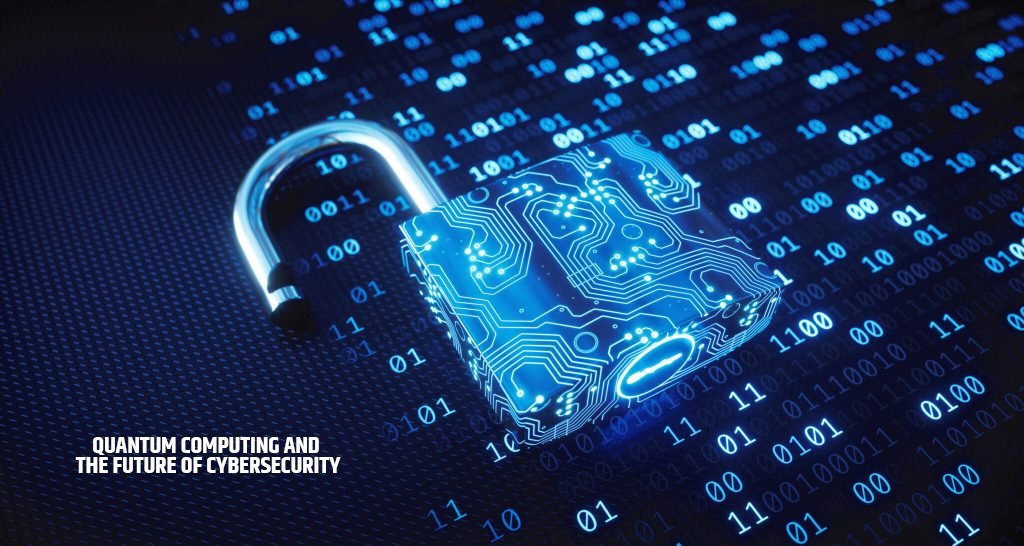Understanding Quantum Computing
Quantum computing represents a revolutionary advancement in the field of information technology, leveraging the complex principles of quantum mechanics to exceed the capabilities of classical computers. At the core of quantum computing lies the concept of qubits, or quantum bits, which serve as the fundamental units of information. Unlike classical bits that can exist only in a state of 0 or 1, qubits can inhabit multiple states simultaneously, a phenomenon known as superposition. This ability to represent information in multiple states enables quantum computers to perform many calculations at once, enhancing their computational power significantly.
Another crucial principle in quantum computing is entanglement, which describes the unique connection between qubits when they are intertwined in a way that the state of one qubit can instantly affect the state of another, irrespective of the distance separating them. This characteristic allows quantum computers to handle complex problem-solving tasks that are not feasible for classical systems, which rely on linear processing and are limited by their binary nature.
Currently, the state of quantum technology is advancing rapidly, with numerous research initiatives and commercial ventures striving to harness its potential. Notable examples include Google’s Sycamore processor, which achieved quantum supremacy in 2019, and IBM’s Quantum System One, designed for hybrid quantum-classical computing. Many organizations are developing algorithms specifically designed for these quantum systems to capitalize on their unique properties further. This evolution in quantum computing is poised to reshape various industries, including cybersecurity, by providing unprecedented computational capabilities that could challenge or reconfigure existing encryption methods. As research continues, the application of quantum computing in real-world scenarios is on the horizon, promising exciting developments in how we process and secure information.
The Threat Quantum Computing Poses to Cybersecurity
Quantum computing represents a significant paradigm shift in computational capability, one that poses substantial threats to existing cybersecurity frameworks. Traditional cryptographic algorithms, such as RSA and those based on discrete logarithms, rely on the difficulty of certain mathematical problems to secure sensitive data. However, with the advent of quantum computing, particularly through the implementation of Shor’s algorithm, these foundational security measures are rendered vulnerable. Shor’s algorithm allows quantum computers to efficiently factor large integers and compute discrete logarithms, which means that what was once infeasible for classical computers may soon be achievable within a reasonable timeframe.
The historical context of cybersecurity demonstrates that shifts in technology often necessitate corresponding adaptations in security practices. For instance, the introduction of public-key cryptography transformed secure communications but equally invited new threats as capabilities evolved. Today, the impending operational reliability of quantum systems amplifies existing fears in the cybersecurity community. Experts anticipate that once sufficiently powerful quantum computers become available, systems that depend on current encryption standards could be easily compromised, leading to unauthorized access to sensitive data. The potential risk has sparked considerable discussion surrounding the need for quantum-resistant algorithms that can withstand the capabilities introduced by quantum computation.
Furthermore, the timeline for the implementation of practical quantum computing capabilities has instigated urgency among cybersecurity professionals. The fear is not merely theoretical; organizations are actively exploring avenues to fortify their defenses against an evolving threat landscape. While transitioning to new cryptographic methods is essential, it also raises questions about the current systems that may remain in use for many years to come. This uncertainty necessitates that stakeholders in technology and security remain vigilant and proactive, continuously assessing their vulnerabilities and reinforcing their defenses against the transformative potential of quantum computing.
Post-Quantum Cryptography: Solutions for the Future
The advent of quantum computing has ushered in a new realm of possibilities for computational tasks, but it also poses significant challenges for cybersecurity. As quantum computers become increasingly capable, traditional cryptographic systems, which rely on the difficulty of certain mathematical problems, may become vulnerable to attacks. To address this impending threat, the field of post-quantum cryptography has emerged, focusing on developing cryptographic algorithms resilient against both quantum and classical attacks.
Post-quantum cryptography encompasses a diverse array of algorithms that vary in design and function, specifically tailored to withstand the unique capabilities of quantum algorithms such as Shor’s algorithm, which can efficiently factor large numbers and compute discrete logarithms. This ability to break widely used cryptographic schemes, such as RSA and ECC, demands a proactive approach to security—one that leverages new mathematical constructs believed to be secure against quantum threats.
Notable families of algorithms being explored include lattice-based cryptography, code-based cryptography, multivariate polynomial cryptography, and hash-based signatures, each providing distinct advantages and potential applications. For instance, lattice-based systems are considered notably promising due to their relatively high efficiency and strong security foundations. As research continues, these algorithms are subject to rigorous analysis and testing to confirm their robustness in real-world applications.
Organizations such as the National Institute of Standards and Technology (NIST) are actively engaged in this initiative, spearheading efforts to standardize post-quantum cryptographic algorithms. NIST has initiated a comprehensive evaluation process, involving multiple rounds of submissions and assessments, aiming to identify and certify algorithms that can protect data against future quantum threats. This collaborative endeavor highlights the urgency and importance of transitioning to secure cryptographic practices in anticipation of a quantum-driven future.
The Road Ahead: Adaptations and Opportunities
As we stand on the precipice of a new technological era, the quantum revolution promises to reshape the entire landscape of cybersecurity. In a world increasingly reliant on digital infrastructure, businesses and governments must undertake proactive adaptations to safeguard sensitive data against the potential threats posed by quantum computing. Quantum processors, with their ability to solve complex mathematical problems at unprecedented speeds, could render traditional encryption methods obsolete. This reality necessitates a paradigm shift in cybersecurity protocols to mitigate vulnerabilities that may arise.
One vital avenue for adaptation is the transition towards post-quantum cryptography, which involves developing new cryptographic systems that remain secure against both quantum and classical computing threats. Organizations are encouraged to collaborate with leading experts in cryptography and invest in research initiatives that create and implement these robust security frameworks. Furthermore, compliance with emerging standards, such as those being developed by organizations like NIST (National Institute of Standards and Technology), is crucial for ensuring that security measures are up-to-date and effective.
In addition to adaptation, the quantum landscape offers opportunities for innovation within cybersecurity strategy and technology. The integration of quantum computing can lead to advancements in threat detection, real-time analytics, and the development of unbreakable quantum key distribution (QKD) systems. These innovations will not only enhance defense mechanisms but also pave the way for creating secure communication channels that could benefit various industries, including finance, healthcare, and government.
Collaboration across sectors will be imperative as organizations navigate this transition. By fostering partnerships with academia, private enterprises, and governmental agencies, stakeholders can share critical insights and resources, ultimately creating a fortified digital infrastructure. The collective effort to counteract the quantum threat will determine the trajectory of cybersecurity in this new age, ensuring the safety and security of sensitive information in a post-quantum world.



